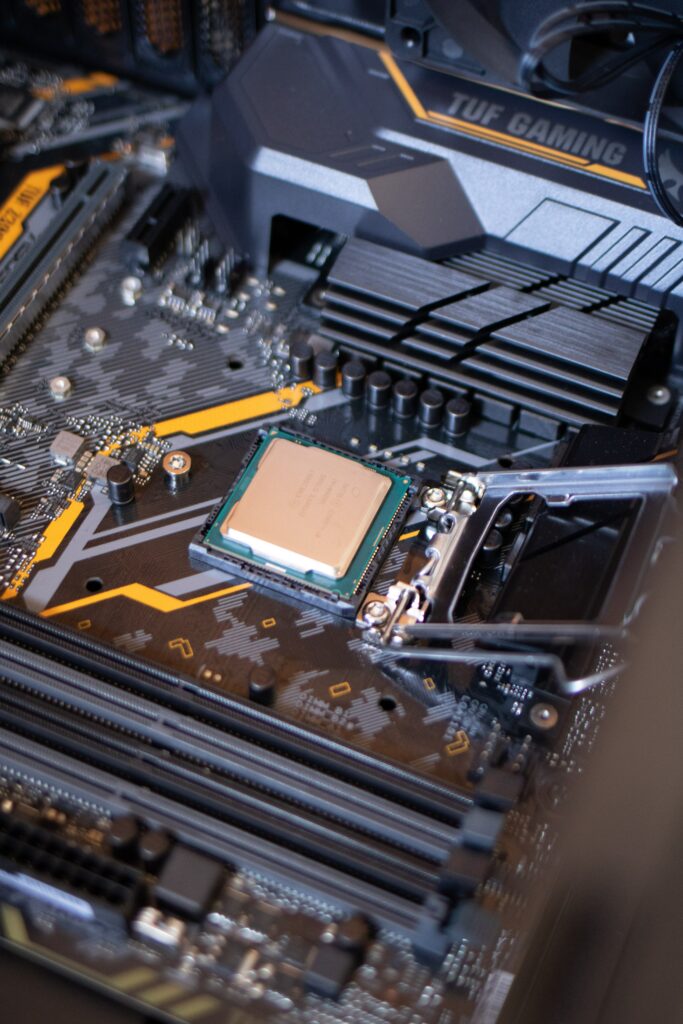Last week we talked extensively about the differences between PyTorch and TensorFlow, and we discussed the pros and cons of both frameworks. However, we overlooked a teeny weeny yet fundamental detail: what is the difference between Keras and TensorFlow? How does Machine Learning work in Keras and TensorFlow? Let’s find out!
Keras and TensorFlow
Let’s start from the very beginning. We often read of Keras and TensorFlow as if they were two completely different and separate frameworks for Machine Learning, often pitted one against the other. And it is true, but not exactly true.
Keras is a high-level neural network library that works on top of TensorFlow. TensorFlow is an open-source end-to-end platform and library for different machine learning applications. Both offer high-level APIs for quickly creating and training models, while Keras is more user-friendly because of its Python integration.
When dealing with massive datasets and object identification, researchers resort to TensorFlow for its great functionality and efficiency. Linux, MacOS, Windows, and Android are all supported by TensorFlow. Google Brain created the framework, which is now utilized for Google’s research and production purposes.
Therefore, comparing TensorFlow with Keras isn’t the ideal method to go about answering the issue because Keras is a wrapper for TensorFlow’s framework. As a result, you may create a model using Keras’ interface, which is more user-friendly, and then switch to TensorFlow when you need to utilize a feature that Keras doesn’t provide or when you require particular TensorFlow capability. As a result, you may immediately integrate your TensorFlow code into the Keras training process or model.
Usually, Keras is used widely for Deep Learning, especially for deep neural networks, while TensorFlow is used for Machine Learning applications.
Machine Learning with Keras and TensorFlow
As we have seen, TensorFlow is an open-source machine learning platform that runs from start to finish. It’s a vast and adaptable ecosystem of tools, libraries, and other resources that provide high-level APIs for processes. The framework provides many layers of ideas from which you may pick to create and deploy machine learning models.
If you need to do distributed hardware setups for any big machine learning jobs, you can use the Distribution Strategy API, and if you require a full production machine learning pipeline, you can simply use TensorFlow Extended (TFX). The following are some of the most notable characteristics:
- TensorFlow allows you to construct and train models at different levels of abstraction.
- TensorFlow allows you to effortlessly train and deploy your model regardless of the language or platform you’re using.
- TensorFlow provides powerful experimentation for research with tools such as the Keras Functional API and Model Subclassing API for the development of complicated topologies.
- Keras features a user-friendly interface that is tailored for typical use cases and gives clear and actionable feedback in the event of a user mistake.
- Keras models are modular and composable, as they are created by putting customizable building elements together with few constraints.
- It is easy to extend, and it makes it simple to create bespoke building blocks for new ideas and research.
- Keras delivers uniform and straightforward APIs, reducing the amount of user steps necessary for typical use cases while still providing clear and meaningful feedback in the event of a user error.
Keras vs TensorFlow
As we have seen, comparing Keras vs TensorFlow is not ideal, since one works on top of the other. However, since they provide significant differences in terms of usability, and performance, you might wonder where to start with your project. So let’s revise some of the main differences
- Keras APIs are handled at a high level, whereas TensorFlow includes both high and low-level capabilities.
- Keras emphasizes on being easy to understand and write, as well as being succinct in its design. TensorFlow, on the other hand, is extremely powerful but not nearly as simple to grasp.
- When comparing the two, TensorFlow is far more difficult to learn and comprehend. Keras is superior for smaller datasets in datasets. However, there is the possibility of scalability. TensorFlow allows significantly larger datasets to be used while still performing at a higher level.
- Debugging is straightforward and constructive with Keras since it offers basic networks. Debugging in TensorFlow might be more complicated and harder to carry out.
- There is no difference between Keras and TensorFlow in terms of training models.
- TensorFlow is designed to be quick and function at a high level of performance. As a result, scaling TensorFlow is significantly easier and more effective. Keras, while built for simplicity, suffered from a loss of speed and performance. When compared to TensorFlow, this suggests Keras is slower and performs worse.
- Keras, on the other hand, is more popular, while TensorFlow is the second most popular.
- Keras is mostly written in Python. TensorFlow, on the other hand, is made up of Python, C++, and CUDA.
Choosing between Keras and TensorFlow for Machine Learning
If we want to resume the main differences, there are a number of distinctions between the two systems. Keras is a neural network library, while TensorFlow is an open-source machine learning framework that may be used for a variety of applications. TensorFlow has high-level and low-level APIs, whereas Keras solely has high-level APIs. Tensorflow’s eager execution provides for quick iteration and straightforward debugging in terms of flexibility. Keras provides users with easy and consistent high-level APIs, as well as best practices for reducing cognitive strain. Both frameworks offer high-level APIs for quickly developing and training models. Keras is written in Python, making it easier to use than TensorFlow.
When it comes to picking which to utilize, it all boils down to the size and complexity of your project. Keras may be a better alternative for you if you want to learn anything quickly and effortlessly. Despite the steep learning curve, TensorFlow may be your best bet if you’re looking for a better degree of performance and something that’s both strong and easy to scale. Keras, on the other hand, can be built on top of TensorFlow, allowing them to operate together in your applications for a strong yet easy combo.
Resources
If you want to have a hand-on experience to see the differences for yourself, I suggest you walk through this tutorial.
And if you want to go deeper, I suggest the books that inspired the title of this post: Hands-On Machine Learning with Scikit-Learn, Keras, and TensorFlow and Deep Learning with TensorFlow, Keras, and PyTorch.
And there you have it! Please let me know if these resources have been helpful, and which framework you use!



